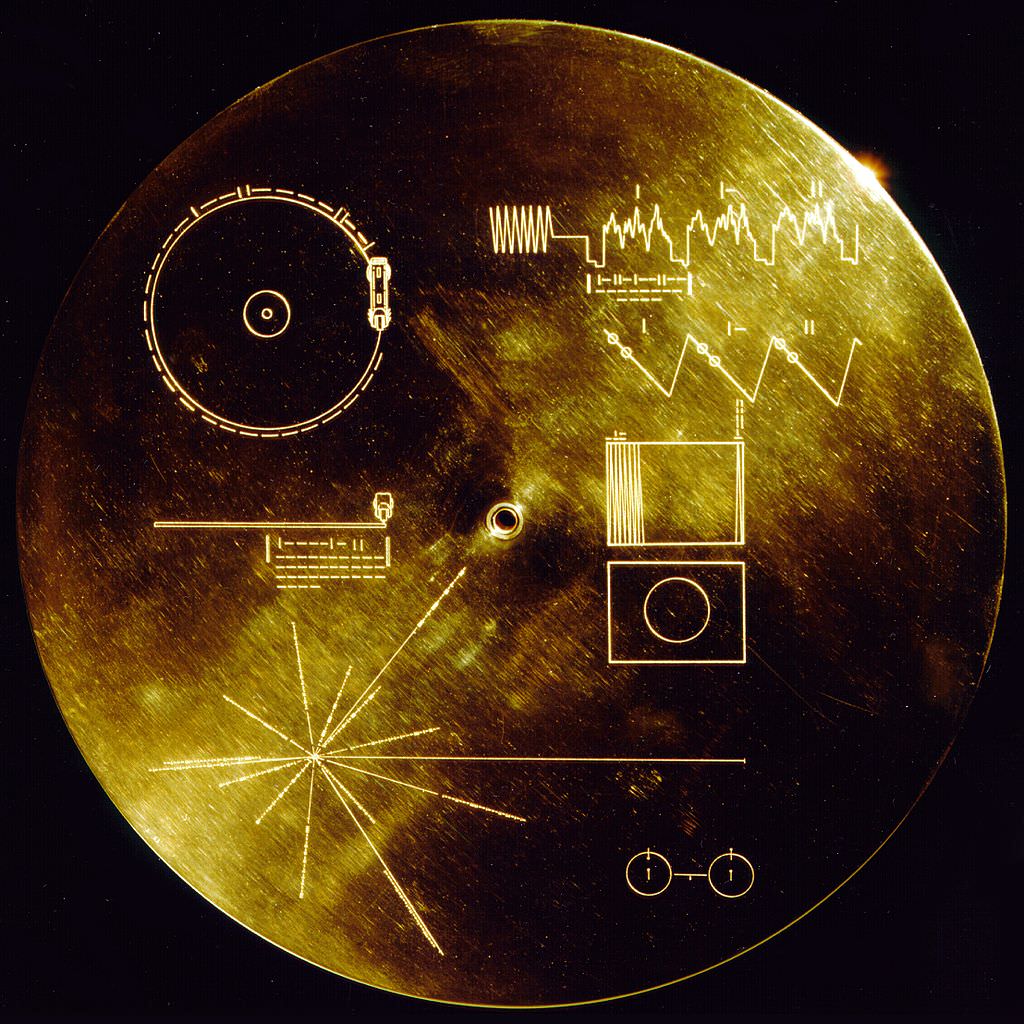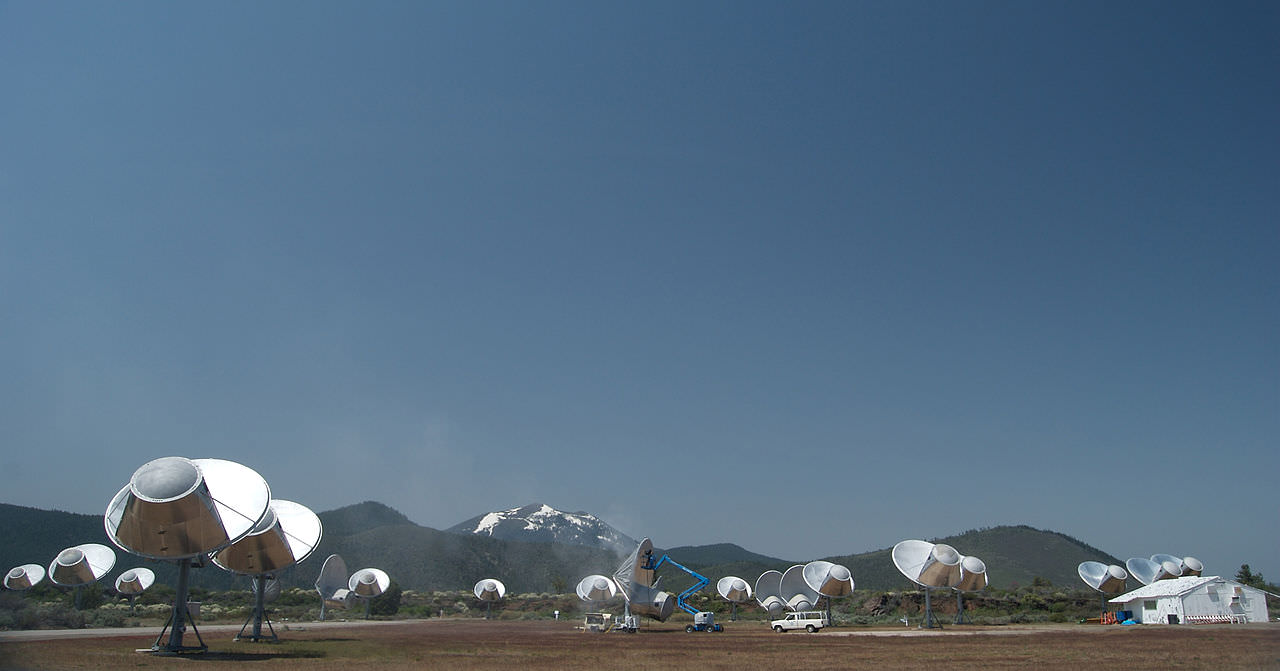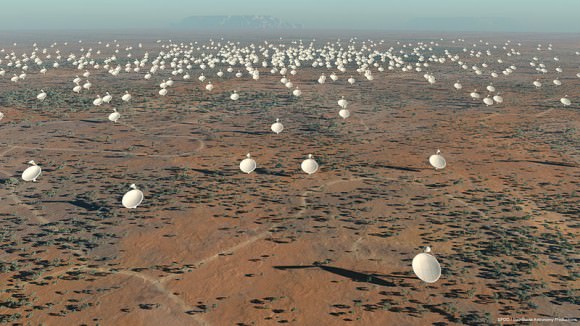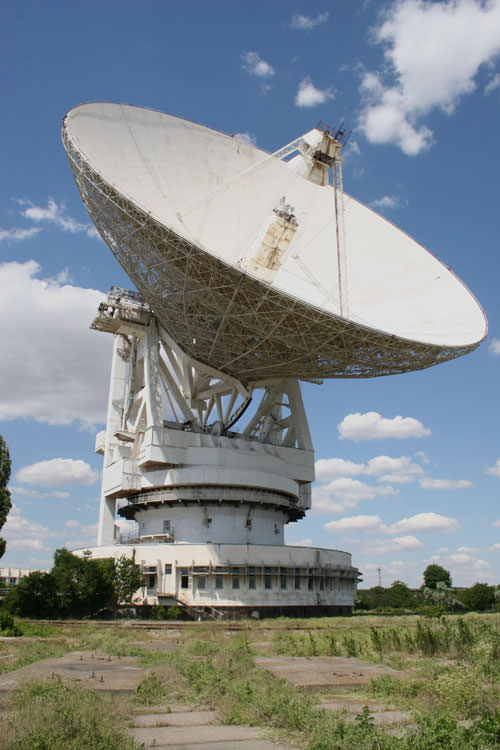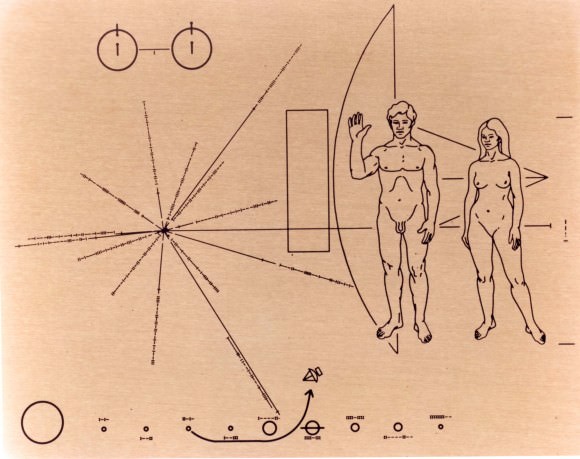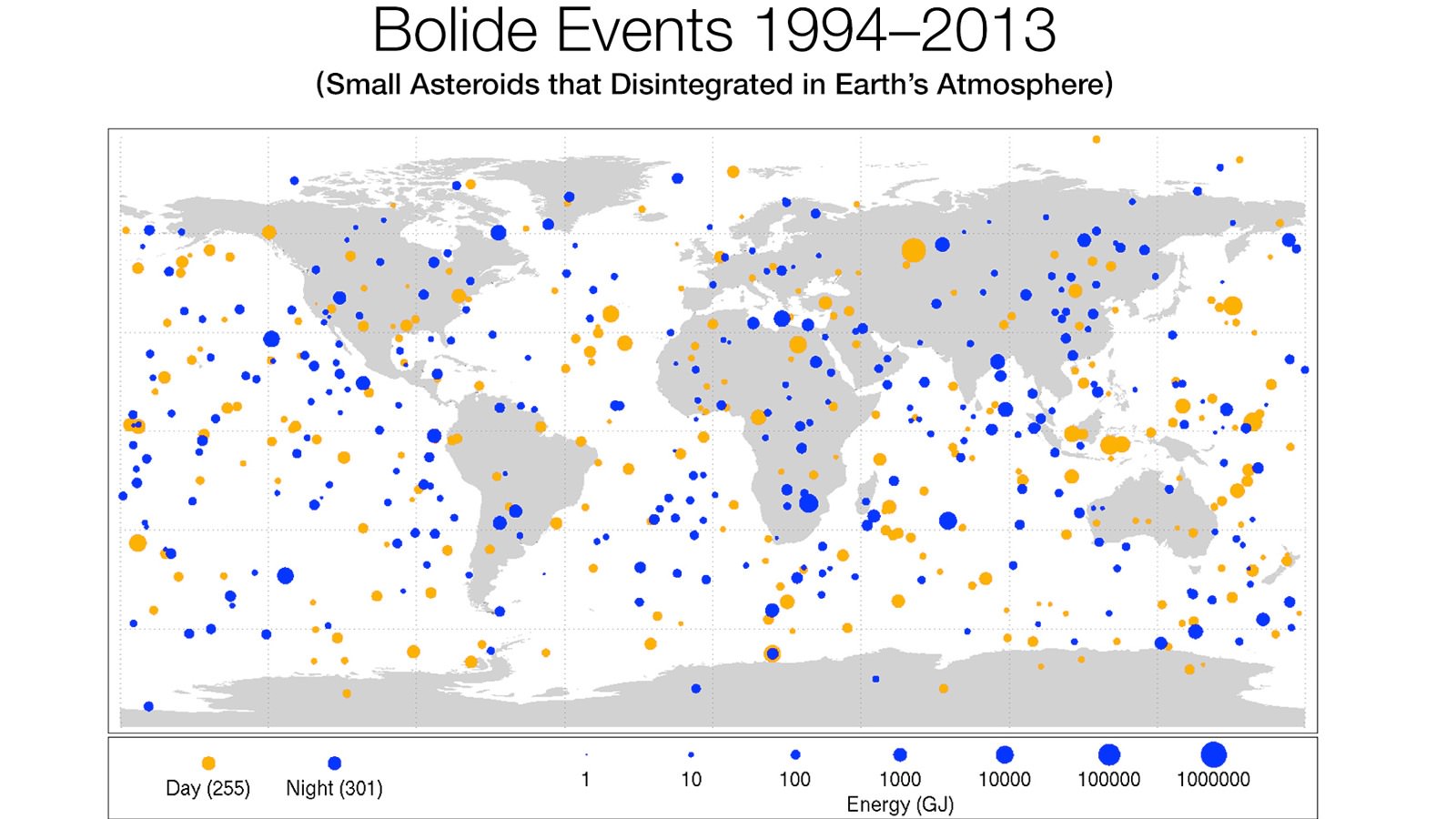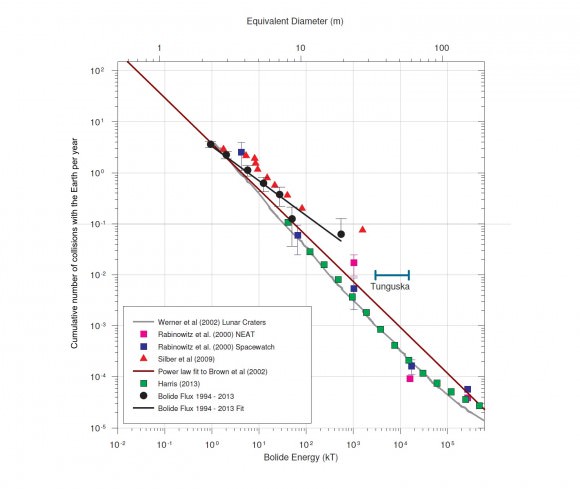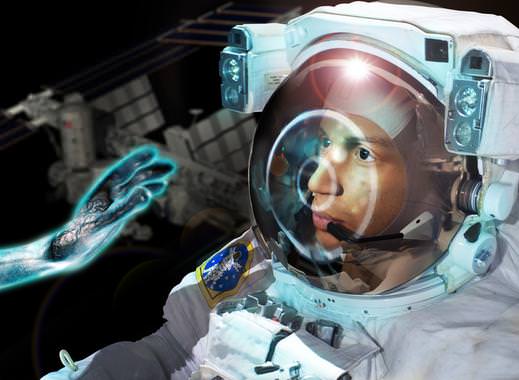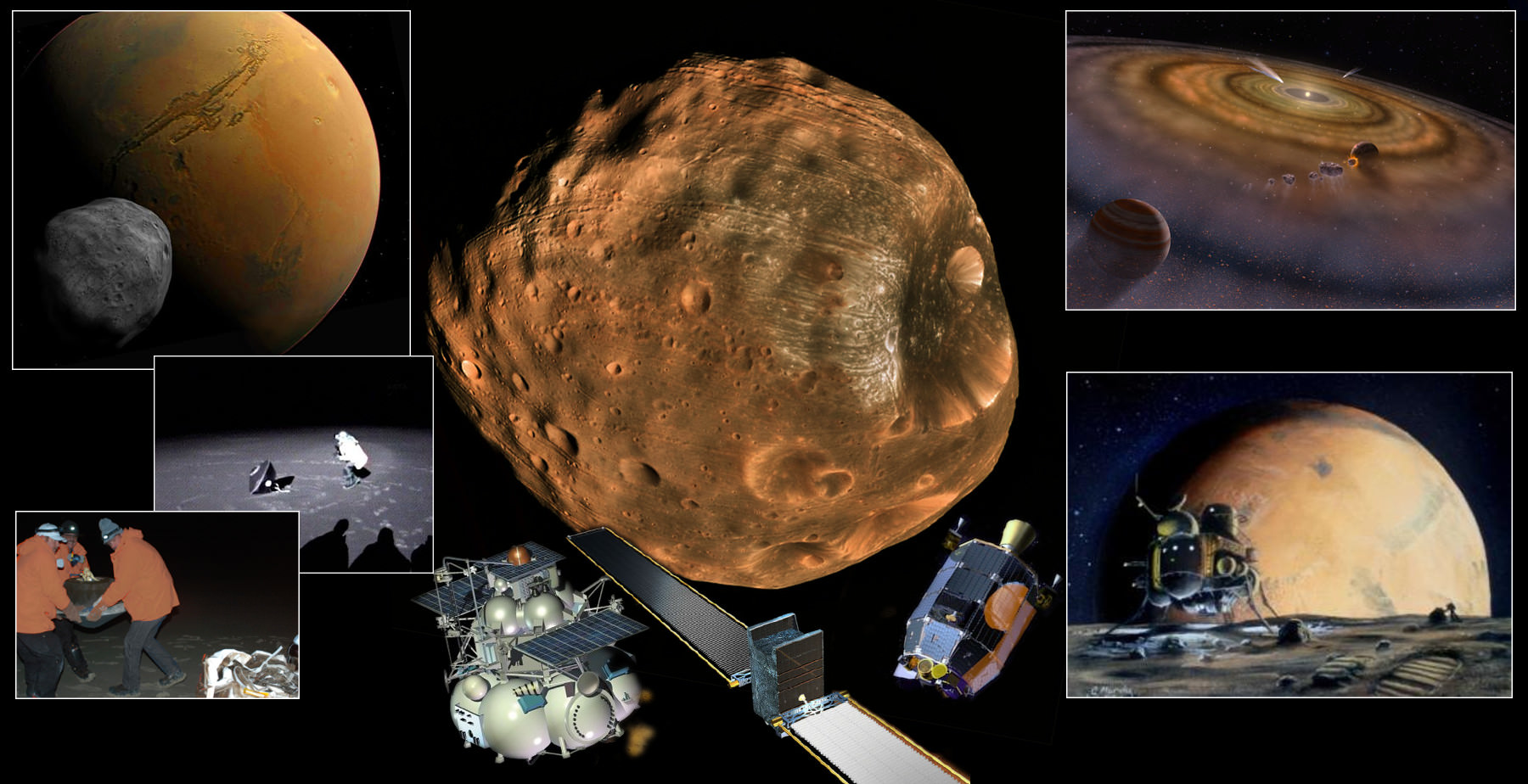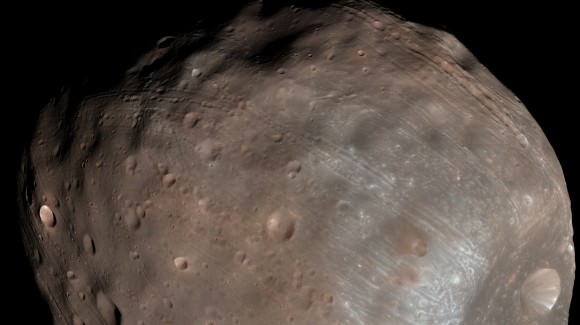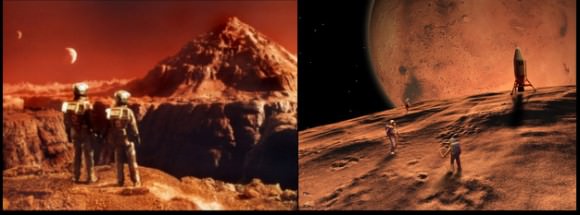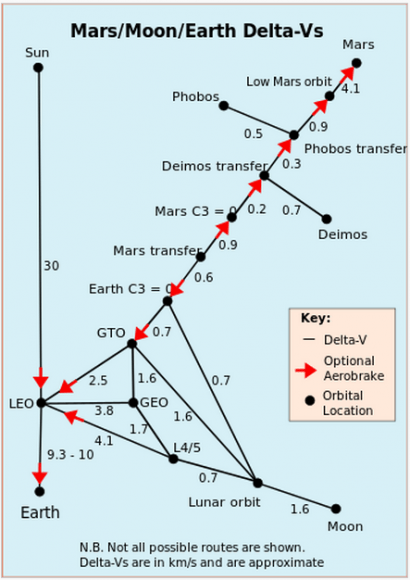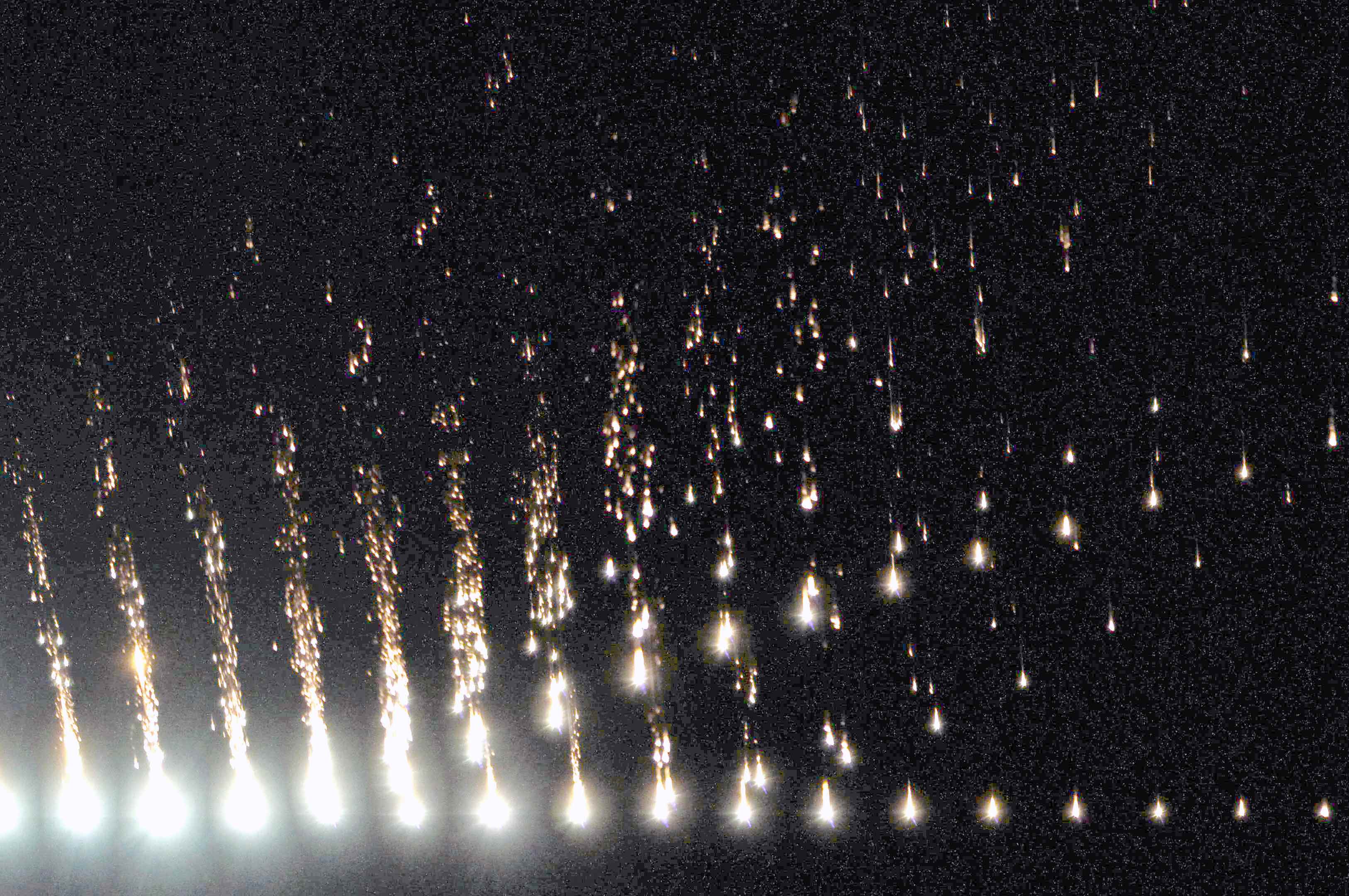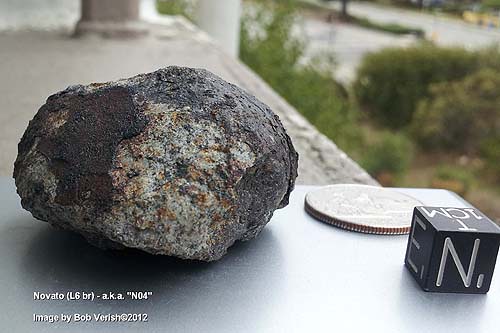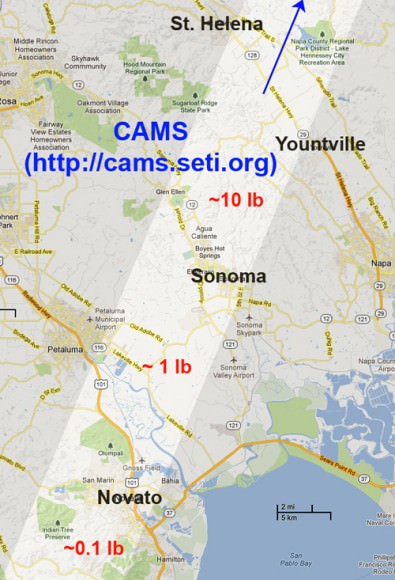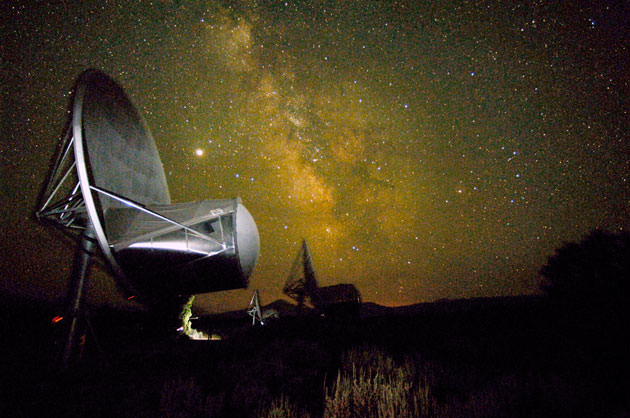If extraterrestrial civilizations exist, the nearest is probably at least hundreds or thousands of light years away. Still, the greatest gulf that we will have to bridge to communicate with extraterrestrials is not such distances, but the gulf between human and alien minds.
In mid-November, the SETI Institute in Mountain View, California sponsored an academic conference on interstellar communication, “Communicating across the Cosmos“. The conference drew 17 speakers from a variety of disciplines, including linguistics, anthropology, archeology, mathematics, cognitive science, radio astronomy, and art. In this installment we will explore some of the formidable difficulties that humans and extraterrestrials might face in constructing mutually comprehensible interstellar messages.

If we knew where they were, and we wanted to, the information revolution has given us the capability to send an extraterrestrial civilization a truly vast amount of information. According to SETI Institute radio astronomer Seth Shostak, with broadband microwave radio we could transmit the Library of Congress, or the contents of the World Wide Web in 3 days; with broadband optical (a laser beam for space transmission) we could transmit this same amount of information in 20 minutes. This transmission would, of course, take decades or centuries to cross the light years and reach its destination. These truly remarkable capabilities give us the ability to send almost any message we want to the extraterrestrials. But transmitting capabilities aren’t the hard part of the problem. If the aliens can’t interpret it, the entire content of the World Wide Web is just a mountain of gibberish.
Many conference participants felt that the problems involved in devising a message that could be understood by a non-human mind were extremely formidable, and quite possibly insurmountable.
Having its own separate origin, extraterrestrial life could be different from Earthly life all the way down to its biochemical foundations. The vast diversity of life on Earth gives us little reason to think that aliens will look like us. Given the different conditions of another planet, and the contingencies of a different history, evolution will have produced a different set of results. For interstellar messaging to be possible at all, these results must include an alien creature capable of language, culture, and tool-making. But if these abilities are founded on a different biology and different perceptual systems, they might differ from their human counterparts in ways that we would find hard to even imagine. Looking to our own possible future development, we can’t even be sure that extraterrestrials will be biological creatures. They might be intelligent machines.
According to cognitive scientist Dominique Lestel, who presented at the conference, understanding extraterrestrials poses an unprecedented set of problems. We face all of the problems that ethologists (scientists who study animal behavior) face when they study perception and signaling in other animal species. These are compounded with all of the problems that ethnologists face when they study other human cultures. Lestel worries that humans might not be smart enough to do it. He wasn’t alone in that opinion.

Linguist and conference presenter Sheri-Wells Jensen said that humans have created more than 7,000 different spoken and signed languages. No one knows whether all human languages sprung from a single instance of the invention of language or whether several human groups invented language independently. Given the ease with which children learn a language, many linguists think that our brain has a specialized language “module” underlying the “universal” grammar of human languages. These special features of the human brain might pose a formidable barrier to learning the language of a creature with a different brain produced by a different evolutionary history. An alien language might make demands on our short term memory or other cognitive abilities that humans would find impossible to meet.
When human beings talk to one another, they rely on a system of mutually understood conventions. Often gestures and body language are essential to conveying meaning. Conference presenter Klara Anna Capova, a cultural anthropologist, noted that interstellar messaging poses unique problems because the conventions to be followed in the message can’t be mutually arranged. We must formulate them ourselves, without knowing anything about the recipients. The intended recipients are distant in both time and space. The finite speed of light ensures that query and response will be separated by decades or centuries. With so little to go on, the message will inevitably reflect our cultural biases and motives. In 1962, the Soviet Union transmitted a message towards the planet Venus. It was in Morse code, and consisted of the Cyrillic characters “Lenin”, “CCCP” (USSR), and “MIR” (the Russian word for “peace”). But the posited Venusians couldn’t possibly have known the conventions of Morse code, the Cyrillic alphabet, human names, countries, or possible relationships between them, no matter how intimately familiar these things would have seemed to the Soviets. Whether they are meant to build national prestige, sell a product, or cause humans to think deeply about their place in the universe, interstellar messages play to a human audience.
Given the long timescales involved in interstellar messaging, many conference participants noted the parallels with archeology. Archeologists have learned quite a lot about past human cultures by studying the artifacts and symbols they have left for us. Still, archeological methodologies have their limits. According to conference presenter and archeologist Paul Wason, these limits have much to teach us about interstellar messaging. Certain meanings are accessible to archeological analysis and others aren’t, because we lack the contextual knowledge needed to interpret them. Neolithic cave paintings speak to modern investigators about the skill and abilities of the painters. But, because we don’t have the needed contextual knowledge, they don’t tell us what the paintings meant to their creators.
To interpret symbols used in the past, we need to know the conventions that related the symbols to the things they symbolized. Linguistic symbols pose special problems. To understand them, we need to know two different sets of conventions. First, we need to know the conventions that relate the script to the words of the spoken language. Second, we need to know how the words of the spoken language relate to the things and situations it refers to. It is a sobering thought for would-be exolinguists that no one has ever succeeded in deciphering an ancient script without knowing the language it was written in.
What does all this tell us about our fledgling attempts to devise messages for aliens? The phonograph record carried on the Voyager 1 and 2 spacecraft includes a moving message from then President Carter, encoded as English text. It reads in part: “We hope someday, having solved the problems we face, to join a community of galactic civilizations. This record represents our hope and our determination, and our good will in a vast and awesome universe.”
Human archeologists have never deciphered linear A, the writing system of the ancient Minoan civilization, due to its apparent lack of association with any known language. Unfortunately, since extraterrestrials likewise lack contextual knowledge of any human language, it is almost certain that they could never discern the meaning of President Carter’s text. The team that developed the Voyager message, which included astronomers and SETI pioneers Carl Sagan and Frank Drake, were well aware of the problem. Carter was, most likely, made aware. Interstellar messages play to a human audience.

Is it possible for us to do better? Some off-beat ideas were proposed. Both astronomer Seth Shostak and designer Marek Kultys thought we might consider sending the sequence of the human genome. This idea was quickly shot down by a comment from the audience. Why send them a key, they said, if the aliens don’t have a lock. The metaphor is apt. DNA can only do its job as a constituent part of a living cell. Reading and implementing the genetic code involves numerous highly specialized enzymes and other cellular parts. Even if alien biochemistry and cell structure are generally similar to their Earthly counterparts, there are many features of Earthly biochemistry that appear to be quirky products of the history of life on Earth. The probability that they would repeat themselves precisely on another world are, for all practical purposes, nil. Without the context of an Earthly cell, the sequence of the human genome would be meaningless gibberish.
In the twenty first century, our ability to transmit and process information has become astounding, but we still don’t know how information conveys meaning. Is there even a glimmering of a hope that we can reach beyond the limitations of our humanity to convey meaning to an alien mind? In the final installment of this report, we’ll consider some possibilities.
Previous articles in this series:
Part 1: Shouting into the Darkness
Part 2: Petabytes from the Stars
References and further reading:
Communicating across the Cosmos, How can we make ourselves understood by other civilizations in the galaxy?, SETI Institute
E. Howell (2014) How Do Aliens Think? We Need to Learn About Their Biology First, Analyst Argues. Universe Today.
J. Minor (2014) Will We Find Alien Life in 20 Years? You can bet on it. Universe Today.
C. Sagan, F. D. Drake, A. Druyan, T. Ferris, J. Lomberg, L. S. Sagan, (1978) Murmurs of Earth: The Voyager Interstellar Record. Random House, New York.

